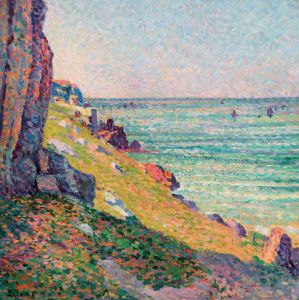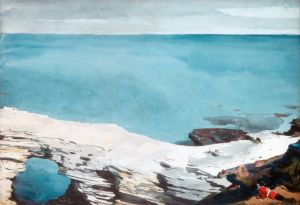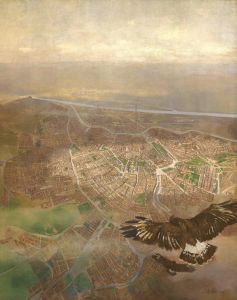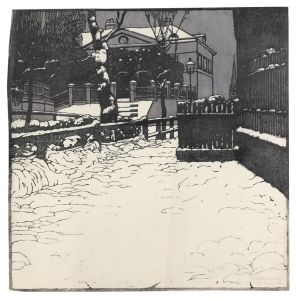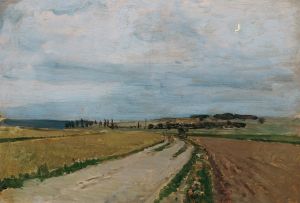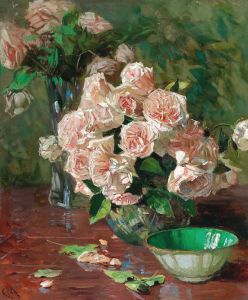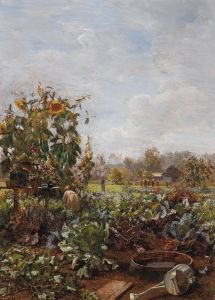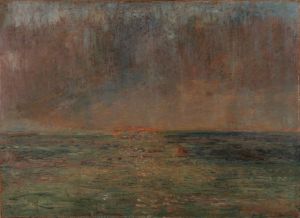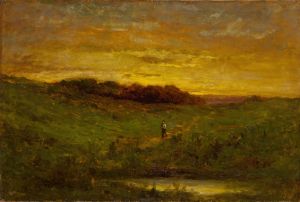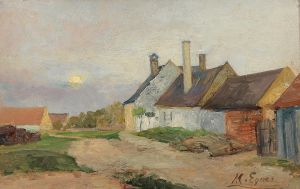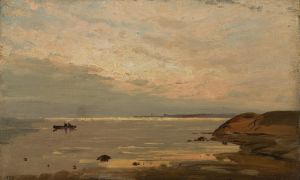
Abenddämmerung. Steinbruch an der Donau
A hand-painted replica of Carl Moll’s masterpiece Abenddämmerung. Steinbruch an der Donau, meticulously crafted by professional artists to capture the true essence of the original. Each piece is created with museum-quality canvas and rare mineral pigments, carefully painted by experienced artists with delicate brushstrokes and rich, layered colors to perfectly recreate the texture of the original artwork. Unlike machine-printed reproductions, this hand-painted version brings the painting to life, infused with the artist’s emotions and skill in every stroke. Whether for personal collection or home decoration, it instantly elevates the artistic atmosphere of any space.
Carl Moll's painting Abenddämmerung. Steinbruch an der Donau (translated as Twilight. Quarry on the Danube) is a work by the Austrian painter Carl Moll (1861–1945), a prominent figure in the Vienna Secession movement. Moll was known for his landscapes and interiors, often characterized by a focus on light, atmosphere, and a meticulous attention to detail.
This particular painting depicts a quarry near the Danube River during twilight, capturing the serene and subdued atmosphere of the scene. The use of soft, muted colors and delicate brushwork reflects Moll's ability to convey the interplay of light and shadow, a hallmark of his style. The painting exemplifies his interest in portraying natural settings with a sense of tranquility and introspection.
Carl Moll was a co-founder of the Vienna Secession in 1897, a group of artists who sought to break away from traditional academic art and embrace modernist approaches. His works often reflect the influence of Symbolism and Art Nouveau, as well as his admiration for the landscapes of Gustav Klimt, another key figure of the Secession movement.
The exact date of creation for Abenddämmerung. Steinbruch an der Donau is not widely documented, but it is consistent with Moll's broader body of work, which frequently explored themes of nature and light. The painting is an example of his ability to transform ordinary landscapes into scenes of poetic beauty.
Further details about the painting's provenance, current location, or exhibition history are not readily available in public records. However, it remains an important example of Carl Moll's contribution to early 20th-century Austrian art and his role in shaping the aesthetic ideals of his time.





